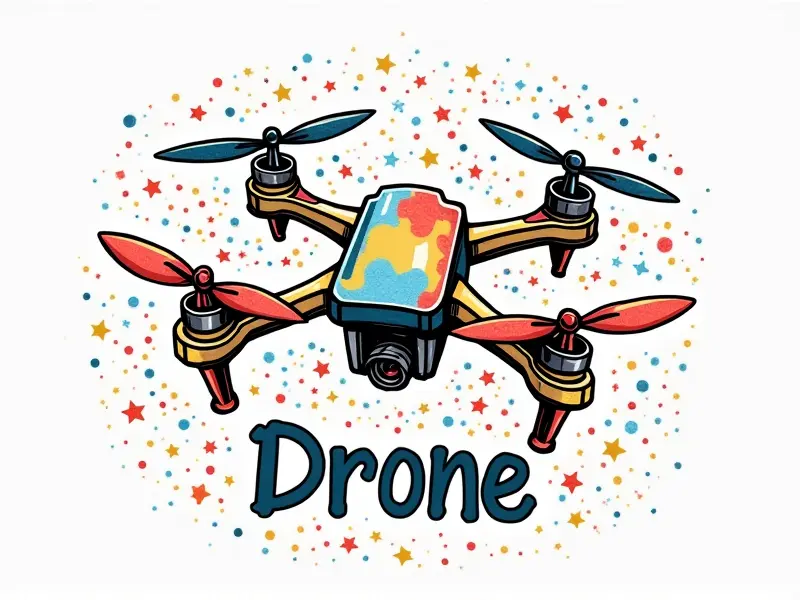Drones in agriculture

Drones in Agriculture: Revolutionizing Farming Today
In recent years, the integration of drone technology into agriculture has transformed farming practices. Drones equipped with advanced sensors and imaging capabilities are providing farmers with unprecedented insights into their fields, leading to more efficient operations and higher yields.
How Drones Revolutionize Farming Today
Drones have become indispensable tools for modern farmers due to their ability to gather data quickly and accurately. They offer real-time information on crop health, soil conditions, and environmental factors that can significantly impact agricultural productivity.
Precision Agriculture with Drone Tech
- Variable Rate Technology: Drones enable farmers to apply fertilizers, pesticides, and other inputs precisely where they are needed most. This reduces waste and improves crop health.
- Nitrogen Management: By monitoring nitrogen levels in the soil, drones help optimize fertilizer application rates for maximum efficiency.
Drones Boost Crop Monitoring Efficiency
Crop monitoring is a critical aspect of farming that requires constant attention. Drones equipped with multispectral and thermal cameras can capture detailed images of crops at various growth stages, allowing farmers to identify issues early on.
Soil Health Assessment by Drones
- Nutrient Mapping: Drones provide high-resolution maps that show variations in soil nutrient content across a field. This information helps farmers tailor their fertilization strategies accordingly.
- Moisture Levels: Thermal imaging allows drones to detect moisture levels within the soil, helping farmers manage irrigation more effectively.
Efficient Spraying Techniques via Drones
Drones are increasingly being used for aerial spraying of crops. They can cover large areas quickly and accurately apply pesticides or fertilizers only where needed.
Water Management Using Agricultural Drones
- Irrigation Optimization: By analyzing soil moisture levels, drones help farmers adjust irrigation schedules to conserve water while ensuring crops receive adequate hydration.
- Flood Detection: In areas prone to flooding, drones can quickly assess the extent of damage and guide rescue efforts.
Yield Prediction Using Drone Data
The data collected by drones provides valuable insights into crop health and growth patterns. This information is crucial for predicting yields accurately, enabling farmers to plan harvests more effectively.
Drones for Pest and Disease Detection
- Early Warning Systems: Drones equipped with multispectral cameras can detect signs of pest infestations or diseases before they become visible to the naked eye.
- Treatment Planning: Once pests or diseases are identified, drones help farmers plan targeted treatments that minimize crop damage and reduce chemical usage.
Mapping Farmland with Drones Easily
Drones equipped with GPS technology can create detailed maps of farmlands in a fraction of the time it would take to do so manually. These maps are invaluable for planning field layouts, managing resources efficiently, and optimizing crop rotations.
Drones Aid in Irrigation Management
- Water Usage Monitoring: Drones can track water usage patterns across a farm, helping farmers identify leaks or inefficiencies in their irrigation systems.
- Soil Moisture Levels: Regular monitoring of soil moisture levels ensures that crops receive the right amount of water at all times.
Drones Enhance Soil Health Analysis
The data collected by drones provides a comprehensive view of soil health, including nutrient content, pH levels, and organic matter. This information is crucial for developing sustainable farming practices that promote long-term soil fertility.
Conclusion
The use of drones in agriculture has ushered in a new era of precision farming. From crop monitoring to pest detection, these versatile tools are helping farmers make more informed decisions and improve their overall efficiency. As drone technology continues to evolve, we can expect even greater advancements that will further enhance agricultural productivity.

